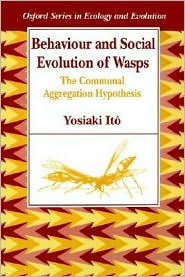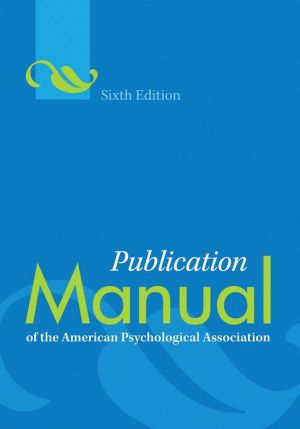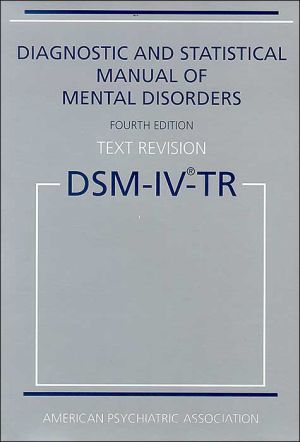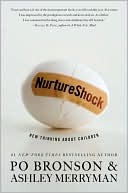Behaviour and Social Evolution of Wasps: The Communal Aggregation Hypothesis
In this book, Itô presents data on tropical wasps which suggest that kin-selection has been overemphasized as an evolutionary explanation of sociality. He concentrates on the Vespidae (paper wasps and hornets), a group much discussed by evolutionary biologists because it exhibits all stages of social evolution: subsociality, primitive eusociality, and advanced eusociality. The author reports field observations by himself and others in Central America, Asia, and Australia, showing that...
Search in google:
In this book, Itô presents data on tropical wasps which suggest that kin-selection has been overemphasized as an evolutionary explanation of sociality. He concentrates on the Vespidae (paper wasps and hornets), a group much discussed by evolutionary biologists because it exhibits all stages of social evolution: subsociality, primitive eusociality, and advanced eusociality. The author reports field observations by himself and others in Central America, Asia, and Australia, showing that multiple egg-layers in a nest are not uncommon. Because coexistence of many 'queens' leads to lower relatedness among colony members than in single-queen colonies, he suggests that kin-selection may not be the most powerful force determining observed social patterns. Instead, subsocial wasps may first have aggregated for defense purposes in habitats with a high risk of predation, with mutualistic associations among many queens. Through parental manipulation and then kin selection, differentiation into within-generation castes may have followed. Of interest to all students of ecology, evolution, and behavior, this book beautifully demonstrates the author's ability to combine wide-ranging data with thoughtful questions.
1Introduction12Systematics and sociality of wasps2.1The Hymenoptera42.2The Vespidae42.3Terminology82.4Hypothetical routes towards eusociality in the Hymenoptera93Theories on the evolution of eusociality3.1Charles Darwin's dilemma133.2Hamilton's theory of inclusive fitness and kin-selection143.3Parental manipulation and mutualistic aggregation hypotheses154Problems with the kin-selection hypothesis4.1Facts which contradict the 3/4 relatedness hypothesis184.2The dominance-hierarchy/functional haplometrosis hypothesis215Comparison of dominance relations and proportion of multi-female nests in the Polistinae5.1Intranidal dominance relations235.2Proportion of multi-female nests256Ropalidia fasciata in Okinawa, Japan: a species with flexible social relations6.1Life history356.2Mean fitness of cofoundresses in relation to foundress group size376.3Interactions among cofoundresses396.4Coexistence of multiple foundresses416.5Severe aggression observed in a satellite nest456.6Summary506.7Appendix: some other Ropalidia species517Social relations in wasp colonies in the wet tropics: polistine wasps in Panama7.1A typically aggressive society: Polistes canadensis537.2A typically 'peaceful' social system: Polistes versicolor577.3Changes in the social systems of two Mischocyttarus species: 'peaceful' to aggressive society598Role of multiple comb construction and the perennial nature of nests: polistine wasps in Australia8.1Ropalidia revolutionalis668.2Polistine wasps in Darwin: Ropalidia sp. nr. variegata, R. gregaria gregaria, and Polistes bernardii richardsi688.3Three methods of nest foundation: Polistes humilis748.4Ropalidia plebeiana: a species which constructs 'towns' and divides the nest by biting it with the mandibles769Multi-queen societies: swarm-founding wasps in the tropics9.1Neotropical swarm-founding wasps809.2Swarm-founding Ropalidia: subgenus Icarielia869.3Relations among adult females on a nest899.4Metapolybia aztecoides: co-operation or altruism?9010Social lives of the other social wasps10.1Pleometrosis and swarm-founding in the Vespinae9410.2Social structure of the Stenogastrinae9710.3Social life of the Belonogaster10411Origin of pleometrosis: altruism or mutualism?11.1Mutualistic co-operation under conditions in which haplometrosis is almost impossible10611.2A model of mutualistic aggregation10911.3Eusocial insects other than wasps11211.4Conclusion12112Manipulation of progeny by mother groups: an hypothesis for the evolution of multi-queen societies12.1A problem: evolution of multi-queen societies in swarm-founding Polistinae12312.2Intranidal dominance relations among females in some Mischocyttarus and Ropalidia after the emergence of progeny females12412.3Conditions favouring manipulation of progeny by foundress groups12613Kin-selection and multi-queen social systems: conclusion128References134Author index151Index of scientific names154Subject index157








